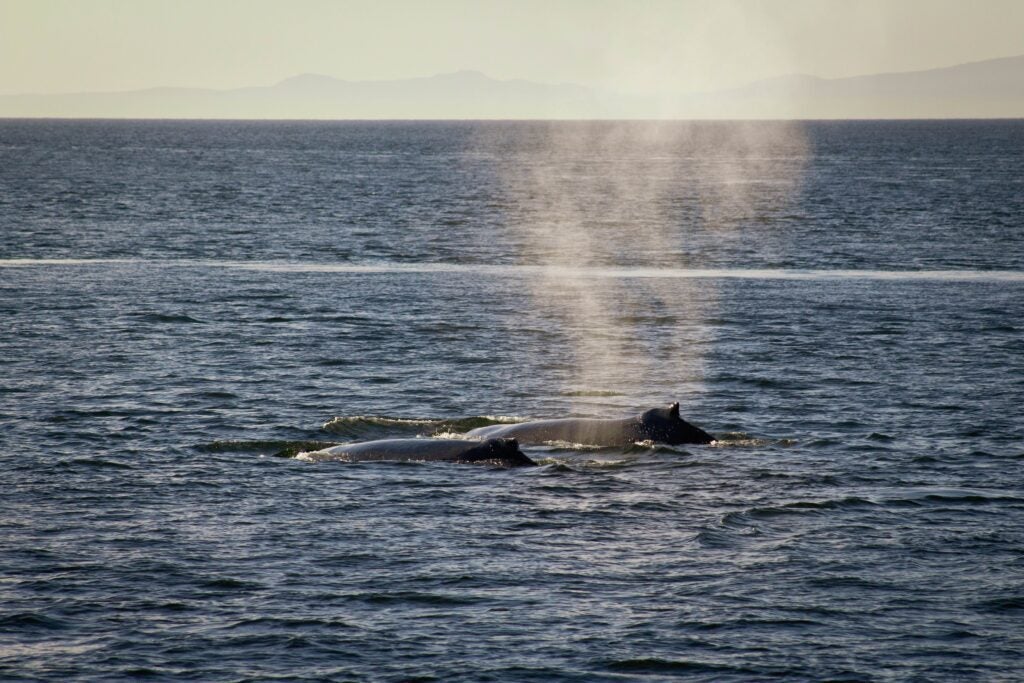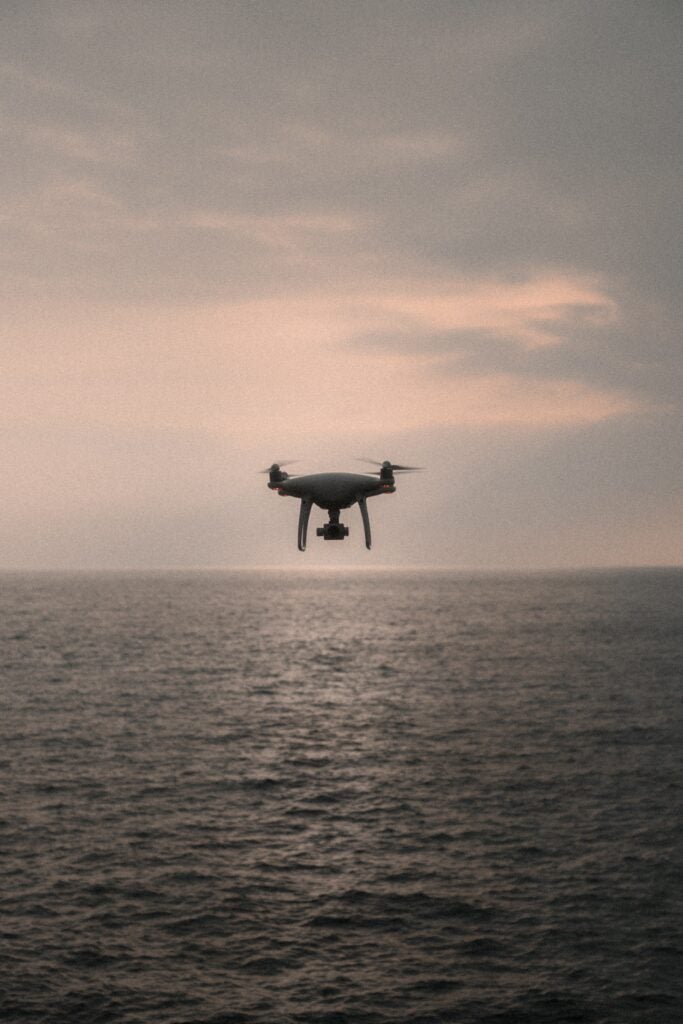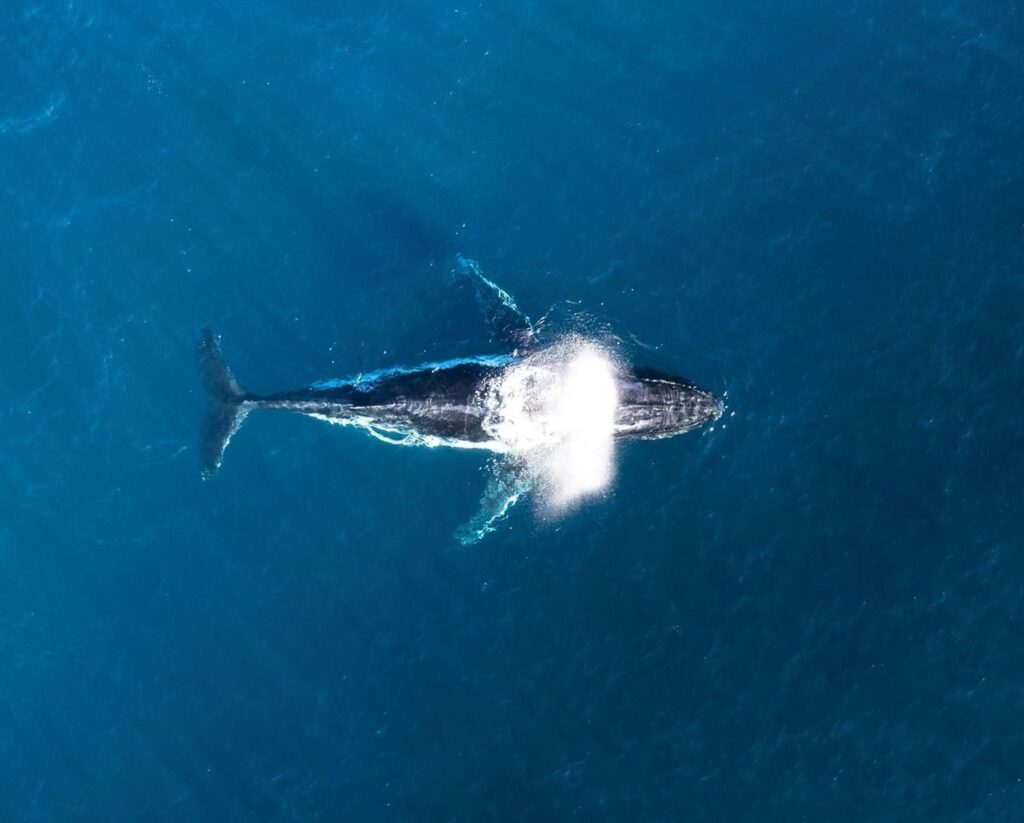September 2, 2022
Whale Snot and Drone Shots
Estimated reading time: 0 minutes
Warming temperatures, migratory routes crowded with boats and fishing gear as well as difficulties finding food are all threats whales face. To learn more about whales and how to best protect them, scientists study photos, fecal samples and carcasses that have washed to shore. Recently, whale researcher has started using a new method of data collection – and it is very snotty.
Whales let out a huge exhale when they surface. If you’ve ever been lucky enough to see a whale in the ocean, you may have spotted this blow. Their breath isn’t just incredible to see, it’s also filled with important information that can be used to better understand them. The condensation and air in the blow contains DNA, hormonal information and bacteria. All this data can tell researchers about the whale’s stress and nutritional levels, diseases, toxins and if they are pregnant. This helps researchers and conservationists better understand whales and what stresses they face.

So how do you collect whale snot particles? Researchers are using drones with a petri dish attached to collect particles from their breath. Flying the drones at a safe distance, with proper permits, over locations where whales surface. Once collected, the dish is brought back to the lab for analysis. These drones also take photos and videos to assess the whale’s overall health and whether they are getting enough food. The drones can even spot feces for further research collection.

Amazing technologies such as this allow us to better understand whales and formulate the best plan for protecting them and the ocean they call home. Whales are important indicators of ecosystem health; they are affected by many processes and play a huge role in circulating nutrients throughout the food web.
They are also climate heroes, playing a role in sequestering carbon. The data that can be collected from their snot helps give us information on the health of not just the individual species but the larger ocean and other animals that are part of the marine environment. Here at Oceana Canada, we are working to protect the North Atlantic right whale, one of the most critically endangered animals. There are only around 330 of them left in the world. The two major threats they face are entanglements in fishing gear and ship strikes. Join us in saving these whales from extinction by visiting: https://act.oceana.org/page/48248/action/1.


